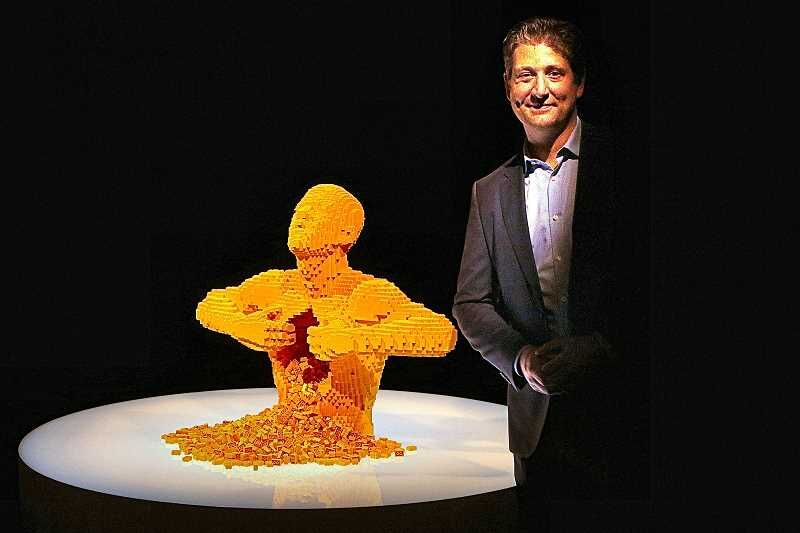Lego ‘brick art’ now showing – at OMSI
Published 12:00 am Friday, March 31, 2017

- Nathan Sawaya says that this sculpture, called Yellow, is his best-known work.
Most kids, and some adults, enjoy creating three dimensional objects using Lego® bricks. But, it could be said that former Oregon native Nathan Sawaya is more than an enthusiast — that he has an obsession with the plastic blocks.
Trending
The result of Sawaya’s passion is now on display, through May 29, in his 120-sculpture exhibit The Art of the Brick, at the Oregon Museum of Science and Industry (OMSI).
He enjoyed playing with Lego bricks as a kid, Sawaya told THE BEE at the opening of his exhibition, which takes up two floors at the Inner Southeast science museum.
“But, about a dozen years ago, when I was working as a corporate lawyer in New York City, I needed an escape from the pressures of work,” Sawaya recalled. “Instead of taking in the nightlife, I’d seek a creative outlet and draw, paint, and sculpt with more traditional materials, using clay and wire — until I became curious to see if I could create large scale sculptures using Lego bricks.”
Eventually, he left the law firm and started building sculptures fulltime, and he has pursued that profession for the past ten years.
From his first well-known sculpture, called “Yellow”, up to a 20-foot-long Tyrannosaurus Rex skeleton — both now on display at OMSI — Sawaya remarked that his work reflects both a knack and a skill. “It’s something that I’ve developed through trial and error; by experimenting, learning, and finding a way to create what I can envision in my mind.”
He used about a million bricks to build all of the sculptures in the OMSI exhibition, Sawaya estimated. “Creating a life-size human form is going to have between 15,000 and 25,000 bricks in it,” he observed.
One of the most frequently-asked question of him, Sawaya said, is whether the bricks in his sculptures are glued together. “Yes, they are; especially with the large sculptures. They wouldn’t hold together for transport to exhibitions, otherwise.”
What does Sawaya hope visitors will take away from his exhibition? “An artist’s role is to inspire; I hope people who come to see these works leave a little bit inspired to explore their creativity in their own way.”
“This exhibition is important to our mission, because it’s a fun intersection of art and science,” smiled OMSI Director Nancy Stueber. “There’s the inspiration that comes from looking at the sculptures, but they are also a great platform to talk about physics and engineering — and even resilience, and sticking to it.”
The exhibition also features an interactive “scavenger hunt”, and a “Brick Lab” filled with Lego and Duplo bricks for experimentation and play.
As with all major exhibitions at OMSI, there is an additional charge, in addition to the general admission fee, to experience The Art of the Brick; for hours and ticket prices, see OMSI’s website: http://www.omsi.edu. The museum is just north of the Ross Island Bridge on S.E. Water Street, just south of the Marquam Bridge on the east-side waterfront of the Willamette River.





